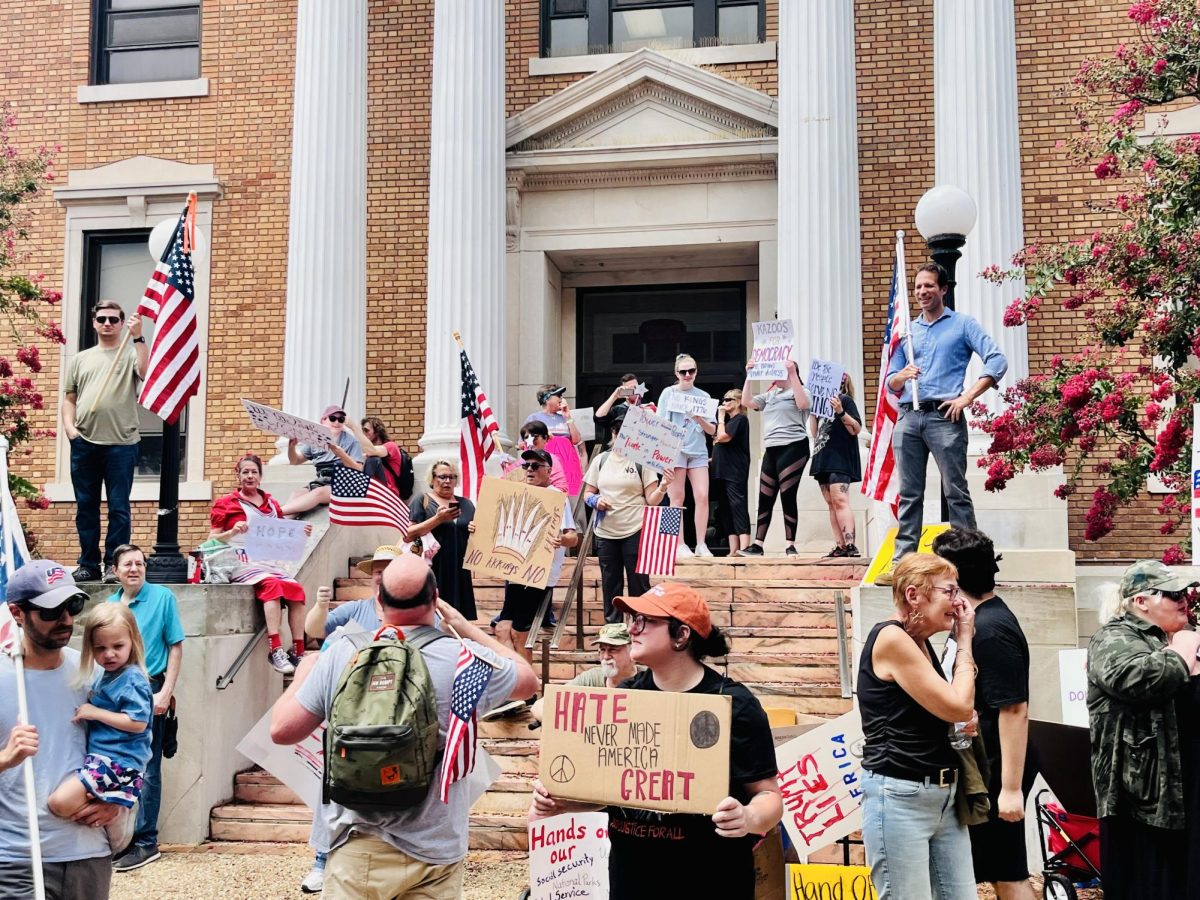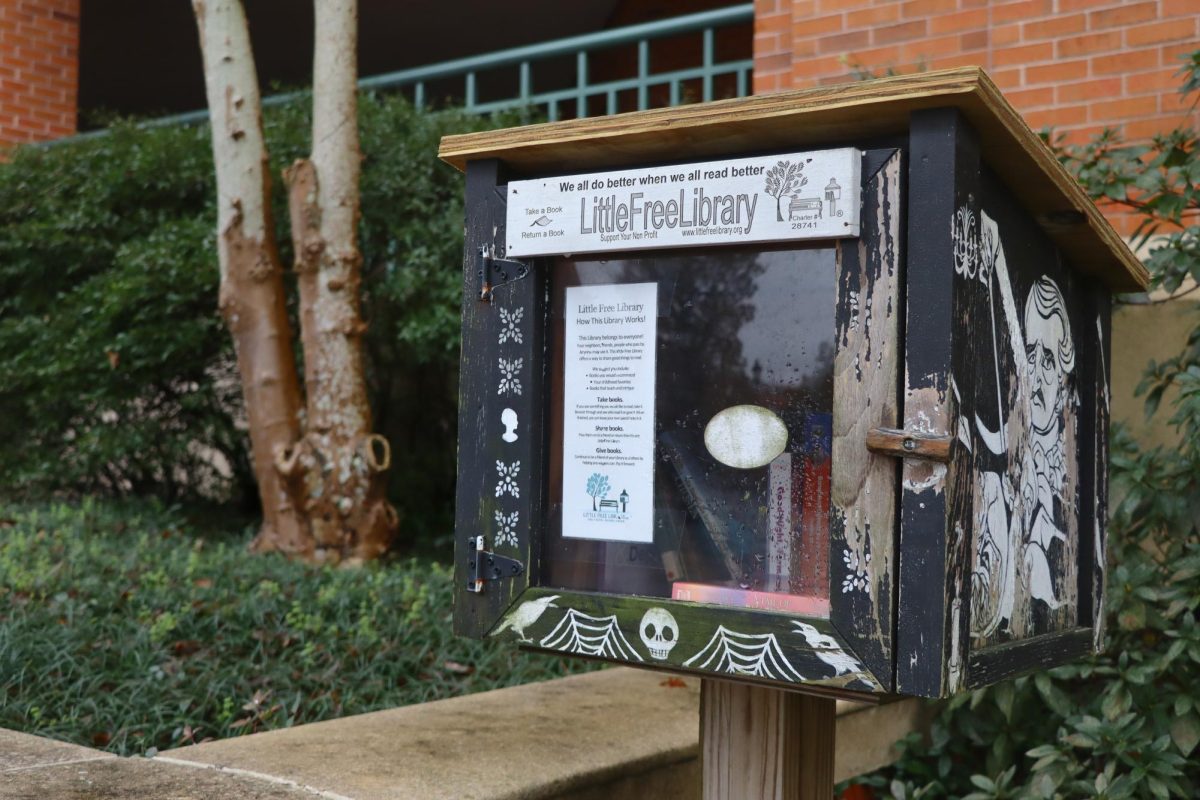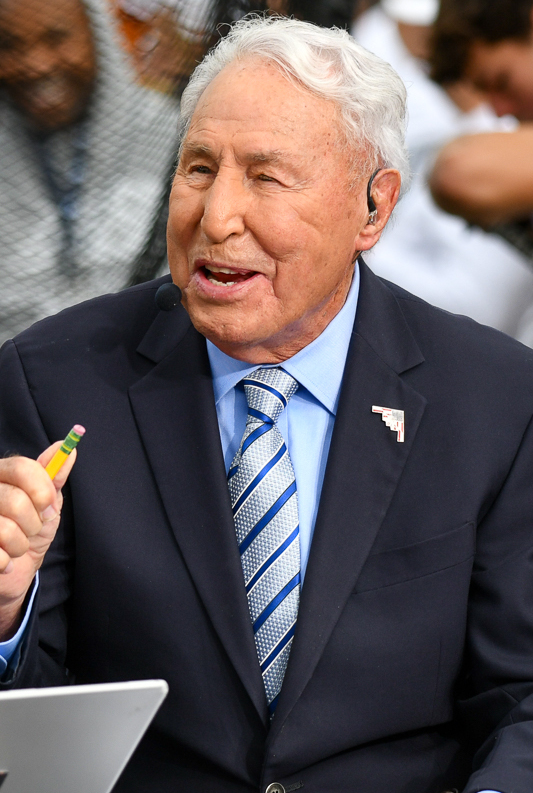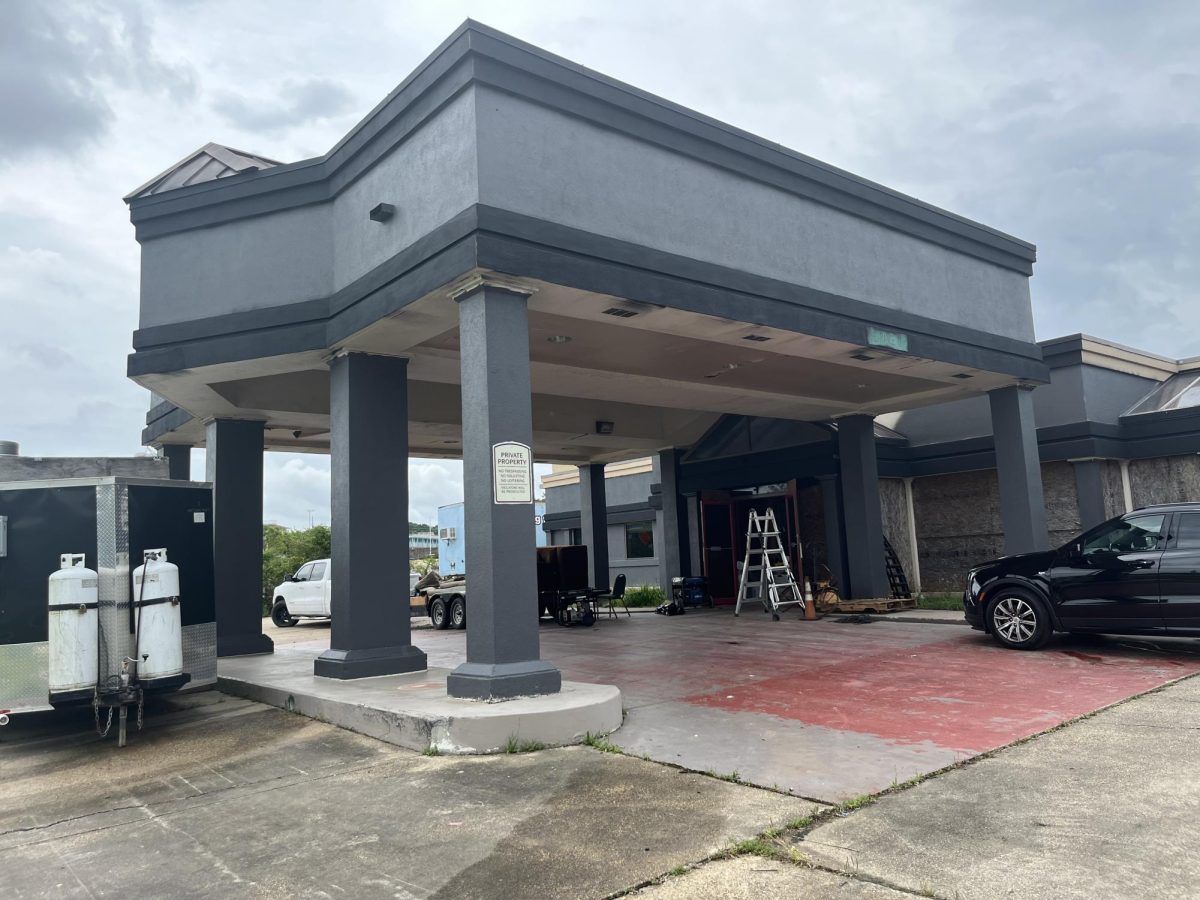U.S. Secretary of State John Kerry speaks with Hossein Fereydoun, the brother of Iranian President Hassan Rouhani, and Iranian Foreign Minister Javad Zarif, before the secretary and foreign minister addressed an international press corps gathered at the Austria Center in Vienna, Austria, on July 14, after the European Union, United States and the rest of its P5+1 partners reached agreement on a plan to prevent Iran from obtaining a nuclear weapon in exchange for sanctions relief.
Last month, the P5+1 (United Nations Security Council Permanent Five Members China, France, Russia, the United Kingdom and the United States plus Germany) completed a final agreement with Iran (regarding) the future of Tehran’s nuclear developmental program.
That agreement is an imperfect one likely to impede Iran’s potential pathways to the construction of nuclear weapons over the next 15 years but is by no means certain to preclude that outcome within that period, let alone forever.
The agreement’s imperfections fall within three principal issue areas: first, the extent and duration of the inspections regime to be administered by the International Atomic Energy Agency (IAEA); second, the extent, types and timing of sanctions relief; and third, the insertion of conventional arms and ballistic missile embargo relief.
Central to IAEA inspections regime specified in the P5+1 deal are three related provisions.
First, inspectors can request access to any of Iran’s nuclear sites, most notably the uranium enrichment facility at Natanz, heavy water plutonium reactor at Arak, research and development laboratory at Fordow and military complex at Parchin.
Second, Iran has 24 hours to accept a request or take up to 14 additional days to propose alternative means to address IAEA concerns.
Third, absent IAEA satisfaction, the P5+1 and Iran have 10 more days to resolve the access request, amounting to 24 days overall.
That byzantine process is problematic for two reasons.
First, the conditions for IAEA access are considerably more restrictive than the “anytime, anyplace” objective the United States specified when the first P5+1 interim agreement was struck in November 2014.
Second, the temptation for Iran to violate the agreement will grow significantly over time and in direct proportion to the economic, geopolitical and strategic benefits China and Russia have secured (or are expecting to secure) from closer ties to Tehran.
After compliance with the baseline limits of enriched uranium stockpiles and centrifuges allowed for uranium enrichment at Natanz and neutralization of the Arak reactor set by the agreement, U.S., U.N. and European
Union economic and financial sanctions on Iran end, with Tehran permitted to restart global petroleum sales from its ample supply. In addition, $100 billion in frozen regime assets will be released, a substantial injection for an Iranian economy that managed just $231 billion in output in 2014.
Even if Iran fails to comply, it has 30 days to answer IAEA allegations of any violations, at which point the matter would be referred to the UN Security Council, with a veto by any P5 member triggering a “snap back” of sanctions.
For the United States and its allies, there are two especially troublesome aspects of such sanctions relief.
First, one must question the extent of Iranian assets unfrozen, given that in some cases, those monies are associated with sanctions on individuals linked both to Tehran’s nuclear developmental program and its sponsorship of terrorist organizations, such as the Lebanese and Palestinian terrorist groups Hezbollah and Hamas.
Second, there is a decreasing likelihood that all P5+1 members will be as intent as Washington on “snapping back” sanctions if Iran violates the agreement.
Beyond those two sets of issues, Iran was permitted to insert two provisions into the agreement not directly related to the nuclear developmental issues involved.
The first ends the existing UN embargo on Iranian conventional arms purchases and sales five years after the proverbial 15-year clock for the P5+1 pact begins ticking.
The second removes the existing UN embargo on ballistic missile component and technology purchases after eight years, while allowing ballistic missile developmental research to continue during that period.
Washington’s acceptance of these significant concessions to Iran was costly for two reasons.
First, after agreeing not to raise Iran’s sponsorship of terrorist organizations and fate of American hostages currently held by Tehran in the negotiations, the United States foolishly permitted its Iranian adversary to put the embargoes on the table.
Second, allowing Iran to deal in conventional arms and further enhance its ballistic missile capabilities is imprudent, if not reckless.
Removing the latter ban in particular could lead to ballistic missile capabilities that eventually threaten the continental United States.
Given the concessions granted to Iran in each of the aforementioned three issue areas, it is clear that the P5+1 deal with Tehran over the future of Iran is an imperfect one, both for the United States and its allies, especially for those among the latter situated in the heart of the Middle East, most notably Israel and Saudi Arabia.
However, President Barack H. Obama’s argument that the agreement is better than alternatives—most notably maintaining or strengthening existing sanctions on Iran or military action targeting that state’s nuclear sites—has some merit. Consequently, at least in the short term, the deal, though certainly not the “slam dunk” Obama suggests, is better than any alternatives over the next 10-15 years.
Written by:
Robert J. Pauly, Jr.
Associate Professor of International Development
University of Southern Mississippi
Written August 7































![Secretary Kerry Speaks With Hossein Fereydoun and Iranian Foreign Minister Zarif Before Addressing Reporters in Vienna
U.S. Secretary of State John Kerry speaks with Hossein Fereydoun, the brother of Iranian President Hassan Rouhani, and Iranian Foreign Minister Javad Zarif, before the Secretary and Foreign Minister addressed an international press corps gathered at the Austria Center in Vienna, Austria, on July 14, 2015, after the European Union, United States, and the rest of its P5+1 partners reached agreement on a plan to prevent Iran from obtaining a nuclear weapon in exchange for sanctions relief. [State Department photo/ Public Domain]](https://sm2media.com/wp-content/uploads/2015/08/IRAN2-900x619.jpg)






